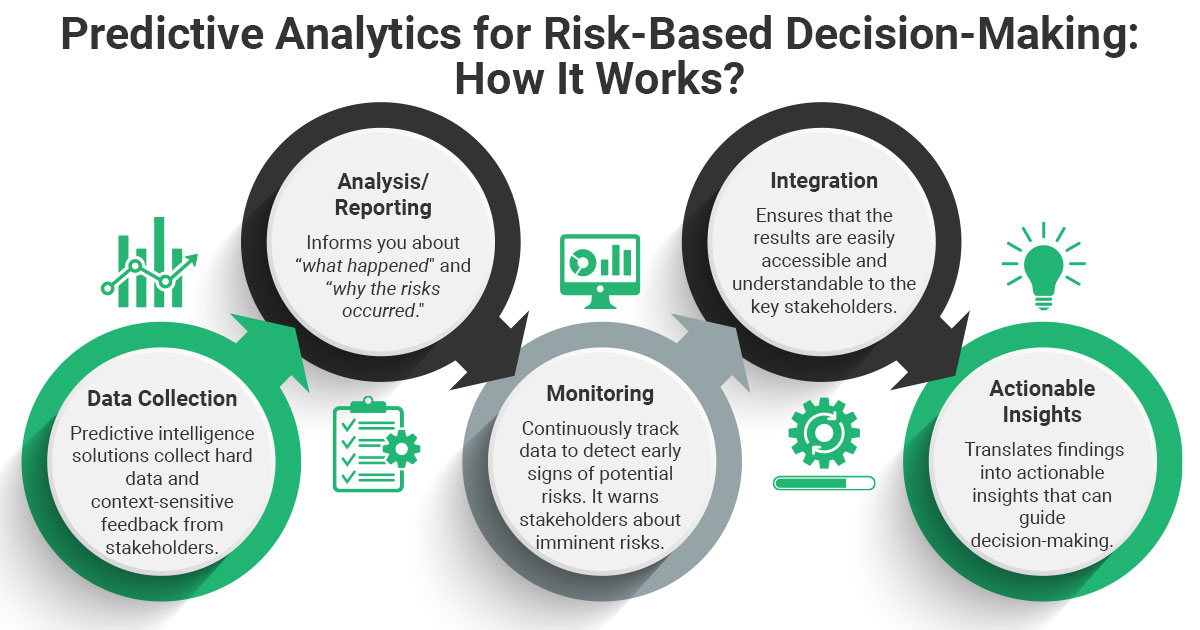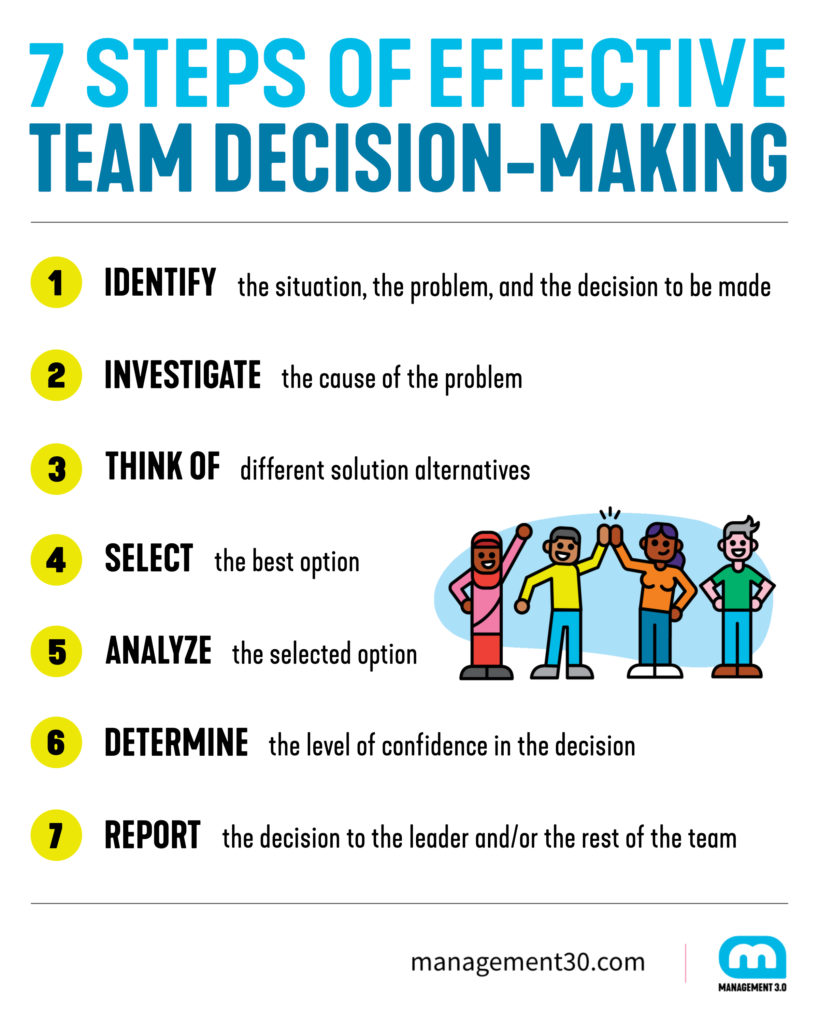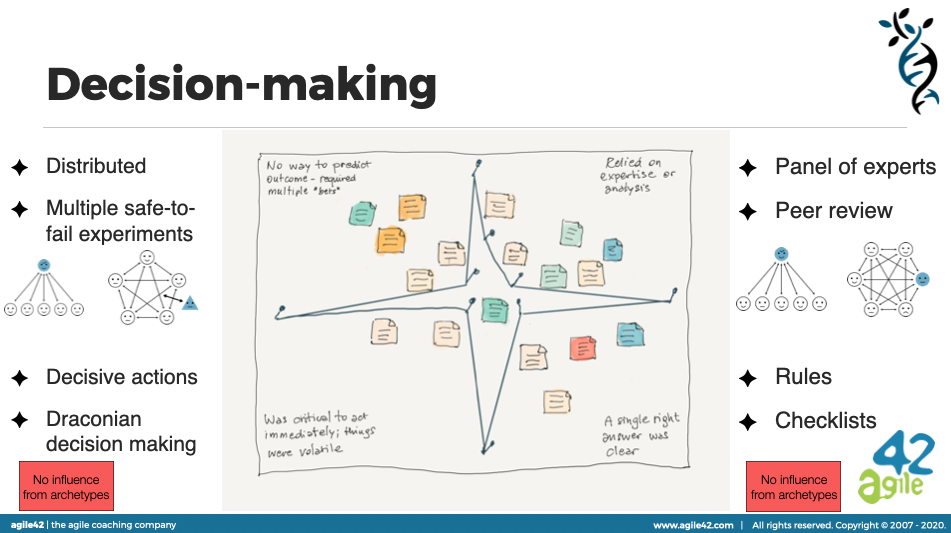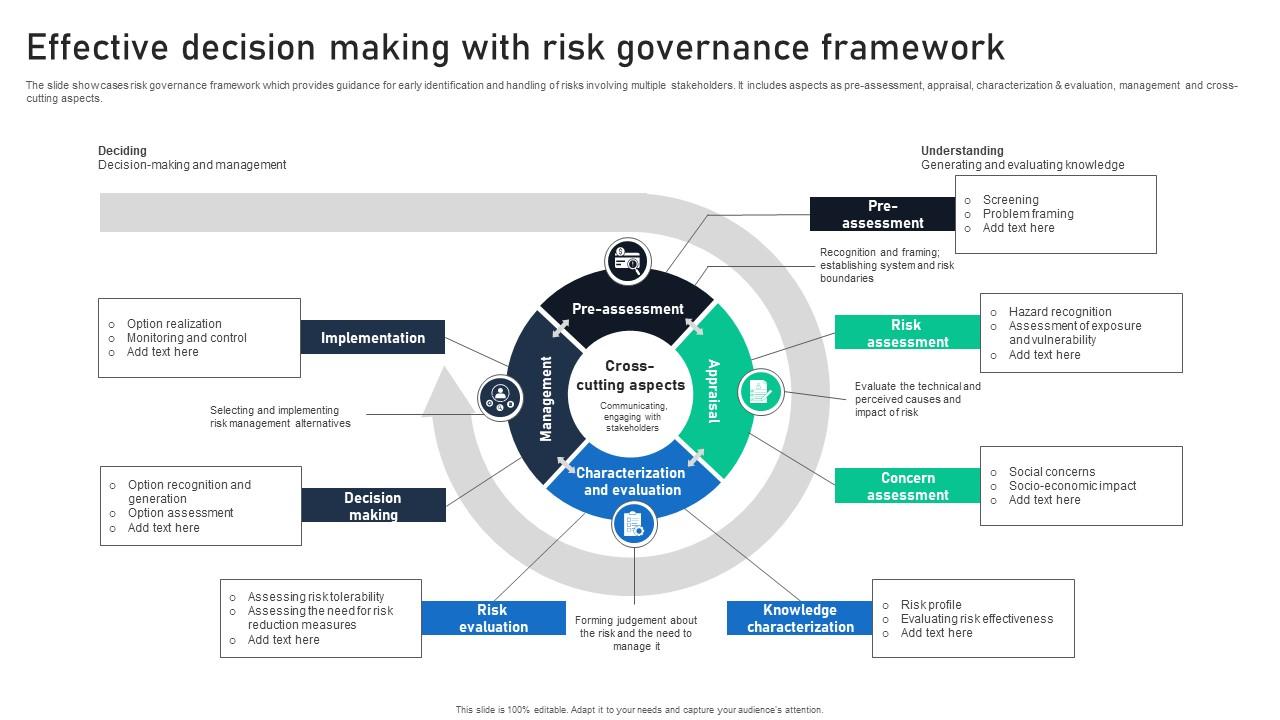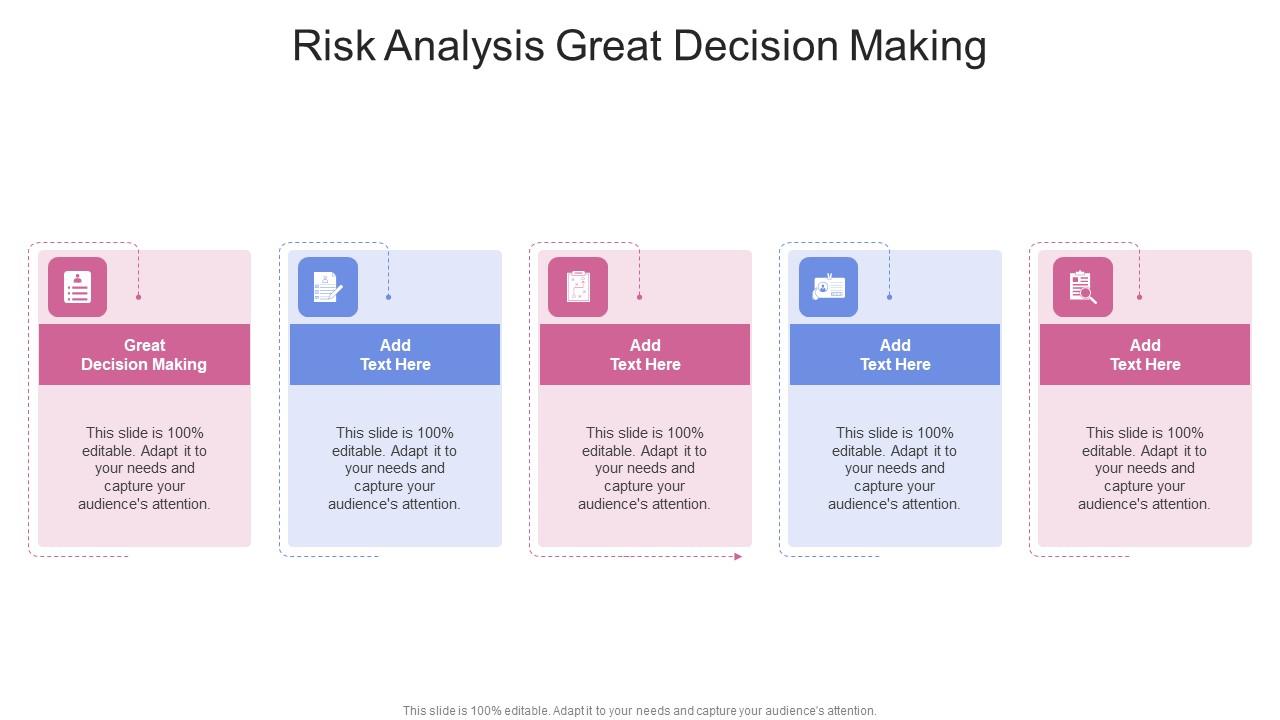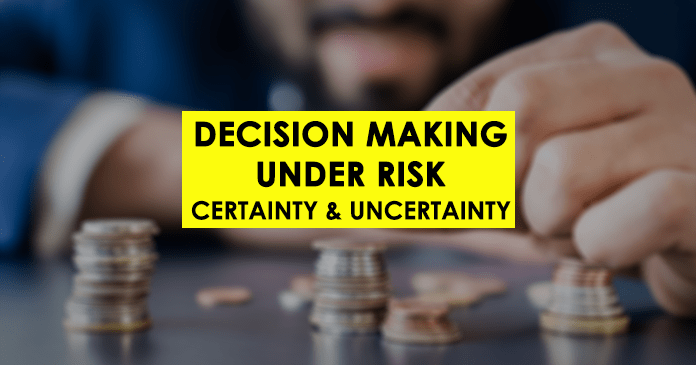What Should You Try To Balance When Reducing Decision-making Risk

In an increasingly complex world, individuals and organizations are constantly grappling with decisions that carry inherent risks. Minimizing these risks is paramount, but the process requires a delicate balance between several crucial factors. Striking this balance is essential to making informed, effective, and ultimately successful choices.
This article explores the key considerations when mitigating decision-making risks, drawing on expert insights and established risk management principles. It aims to provide a comprehensive overview of the factors individuals and organizations should consider to navigate uncertainty effectively. Understanding these elements can lead to better outcomes and reduce the potential for negative consequences.
Understanding the Core Factors
At the heart of risk reduction lies the interplay of several key elements. These include the cost of mitigation, the potential reward, the level of acceptable risk, and the availability of information. Balancing these factors is not a one-size-fits-all approach, but rather a tailored process depending on the specific context.
Cost vs. Benefit
One of the first considerations is the cost-benefit analysis of risk mitigation strategies. Every risk reduction measure comes with an associated cost, be it financial, time-related, or operational. This cost must be weighed against the potential benefits of reducing the risk, such as preventing financial losses, reputational damage, or legal liabilities.
For instance, a small business might face the risk of a cyberattack. Implementing robust cybersecurity measures, such as advanced firewalls and employee training, can be expensive. However, the potential cost of a successful attack, including data breaches, legal fees, and loss of customer trust, might be significantly higher.
Risk Appetite and Tolerance
An organization's risk appetite, or the level of risk it is willing to accept in pursuit of its goals, plays a vital role in decision-making. Some organizations are inherently risk-averse, while others are more willing to take calculated risks for potentially higher rewards. Understanding this appetite is crucial.
Risk tolerance, on the other hand, refers to the specific thresholds beyond which a risk becomes unacceptable. These thresholds can be defined in terms of financial losses, project delays, or reputational damage. Effective risk management involves setting these tolerances and monitoring risks to ensure they remain within acceptable limits.
Information Gathering and Analysis
The quality and availability of information are fundamental to effective decision-making under uncertainty. Gathering relevant data, conducting thorough analysis, and seeking expert opinions can significantly improve the accuracy of risk assessments.
This involves actively seeking out information from various sources, including market research, industry reports, and competitor analysis. Utilizing data analytics tools and techniques can help identify patterns, trends, and potential risks that might otherwise go unnoticed. Investing in research and intelligence gathering is therefore vital.
Flexibility and Adaptability
The landscape of risks is constantly evolving, requiring individuals and organizations to be flexible and adaptable in their risk management strategies. Static risk assessments can quickly become outdated, especially in fast-paced industries or volatile markets.
Implementing dynamic risk management processes that allow for continuous monitoring, evaluation, and adaptation is crucial. This involves regularly reviewing risk assessments, updating mitigation strategies, and remaining vigilant to emerging threats and opportunities.
The Human Element
While data and analysis are crucial, the human element plays a significant role in managing decision-making risk. Cognitive biases, emotional influences, and group dynamics can all impact the objectivity and effectiveness of risk assessments.
For example, confirmation bias, the tendency to seek out information that confirms existing beliefs, can lead to underestimating potential risks. Groupthink, where a desire for consensus overrides critical thinking, can also result in flawed decision-making. Recognizing and mitigating these biases is essential.
"Effective risk management is not just about numbers and data; it's about understanding human behavior and fostering a culture of open communication and critical thinking," said Dr. Anya Sharma, a leading expert in behavioral economics.
Practical Steps for Balancing Risk Reduction
To effectively balance these factors, individuals and organizations can implement several practical steps. These include developing a comprehensive risk management framework, conducting regular risk assessments, and fostering a culture of risk awareness.
Creating clear communication channels and encouraging open dialogue about potential risks is also essential. This involves empowering employees to voice concerns, challenge assumptions, and propose alternative solutions without fear of retribution. This allows for a more comprehensive and accurate risk assessment.
Regularly reviewing and updating risk management processes to reflect changing circumstances and emerging threats is crucial. This involves staying informed about industry trends, regulatory changes, and technological advancements. Adaptability is vital in maintaining effective risk mitigation.
Conclusion
Reducing decision-making risk is not about eliminating risk entirely, which is often impossible. Instead, it's about making informed choices based on a balanced consideration of the costs, benefits, and acceptable levels of risk. It's about understanding the human element and fostering a culture of awareness and adaptability.
By embracing these principles, individuals and organizations can navigate uncertainty more effectively and make decisions that lead to better outcomes. This involves continuously refining risk management strategies, adapting to changing circumstances, and fostering a culture where calculated risk-taking is encouraged and supported.
Ultimately, the ability to balance these factors effectively is a key differentiator between those who thrive in uncertain environments and those who struggle to adapt. Focusing on these key areas can transform decision-making processes and minimize potential for negative impacts.
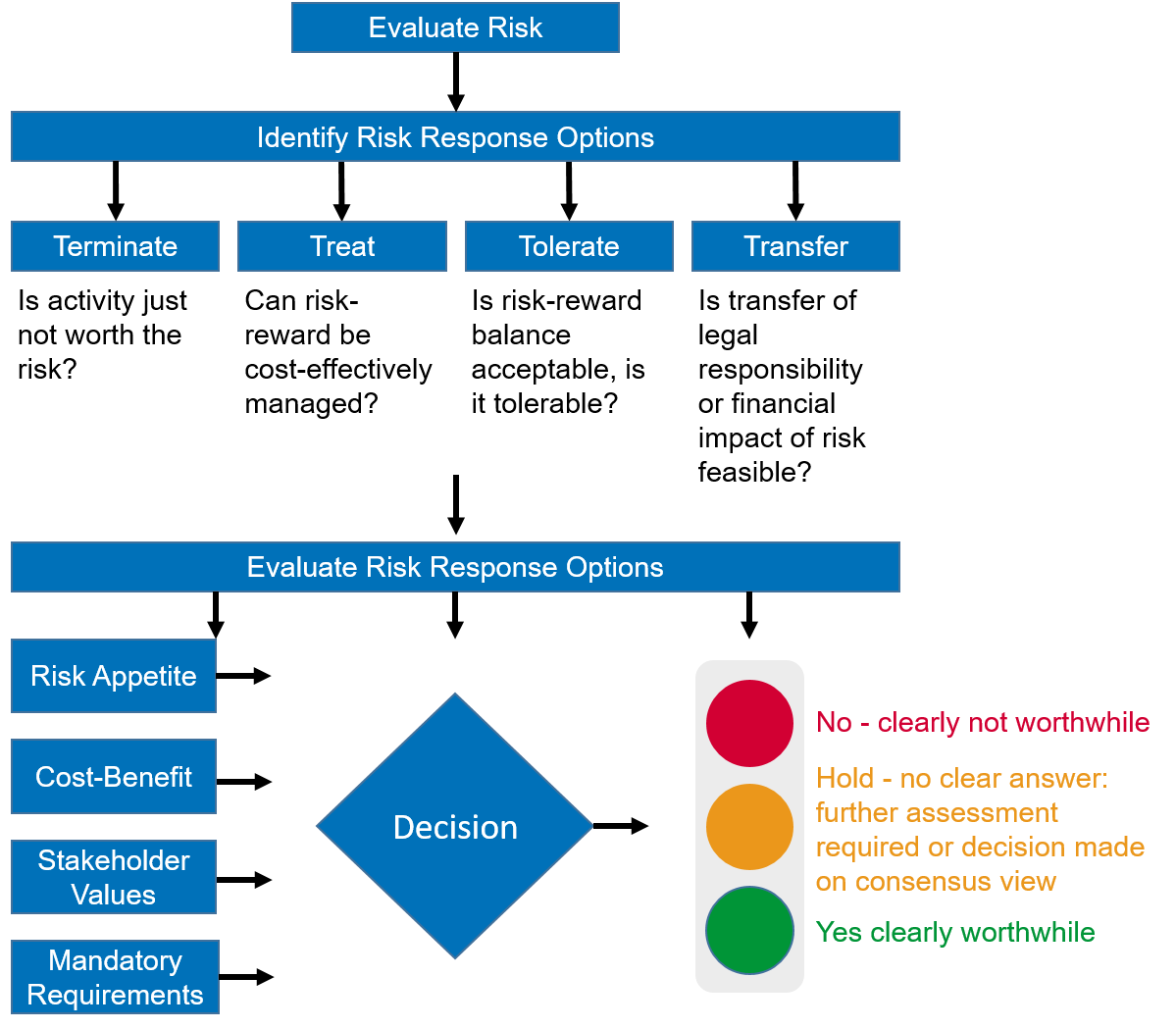
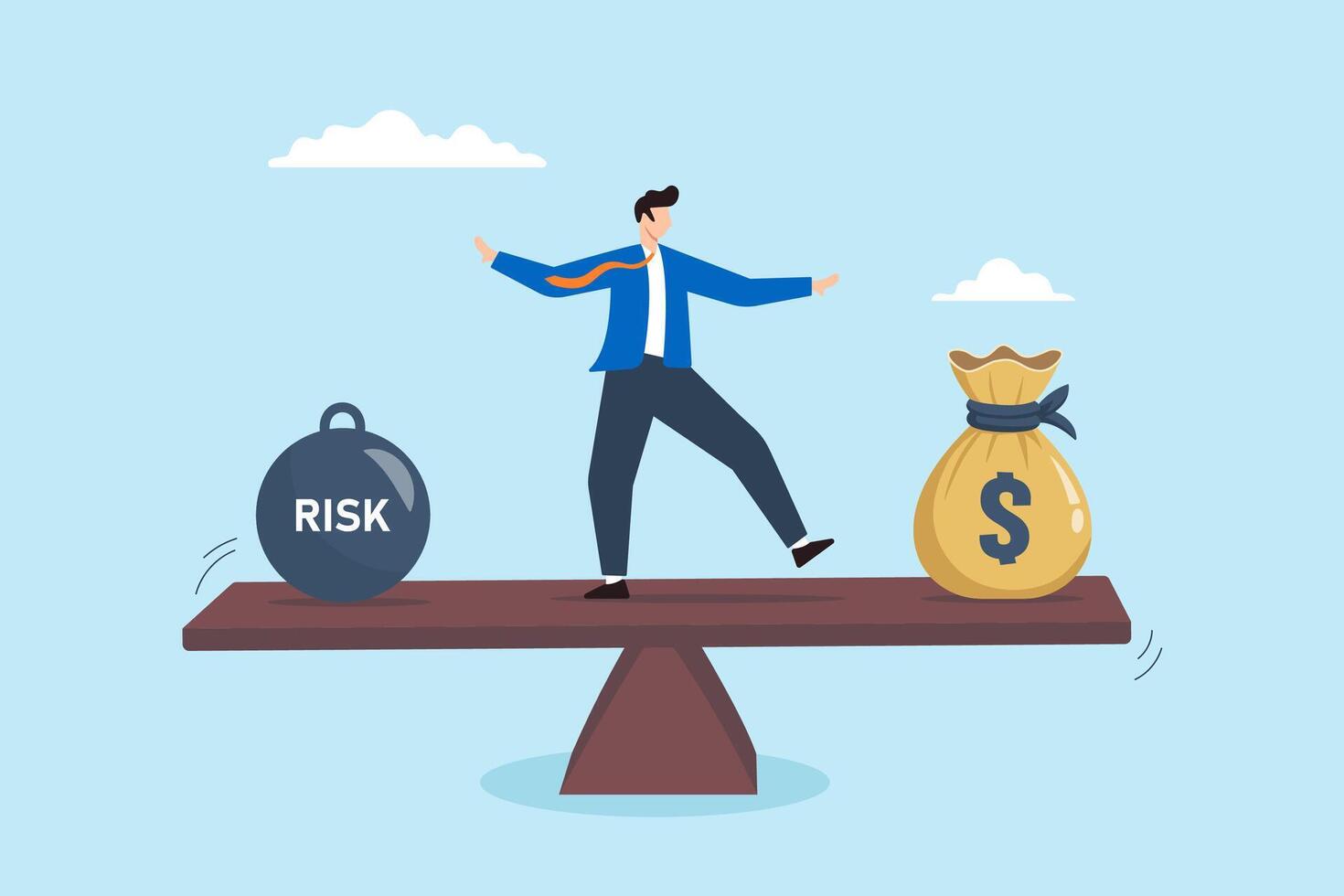

:max_bytes(150000):strip_icc()/decision-making-skills-with-examples-2063748-FINAL-5bad43d946e0fb002688e130.png)
